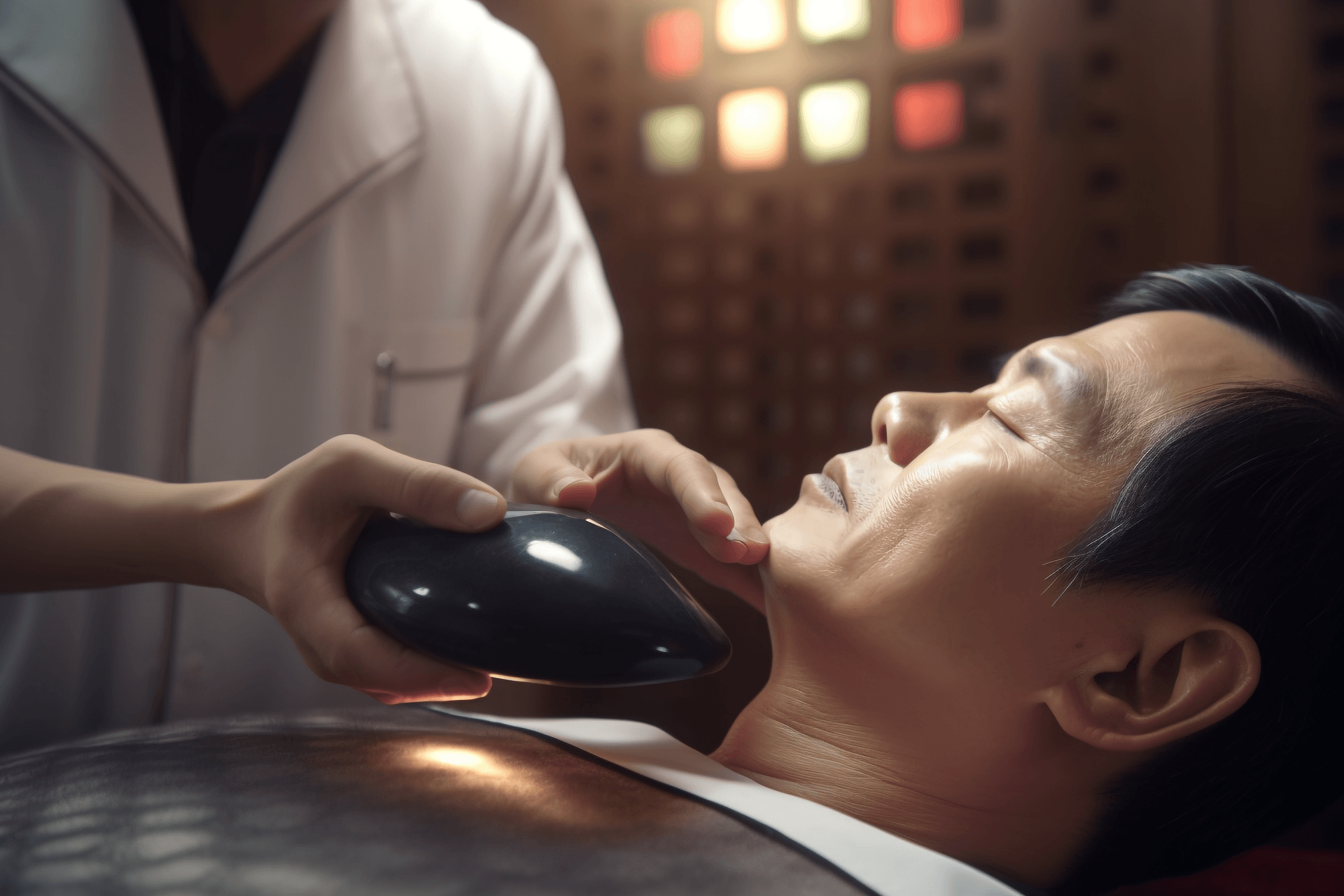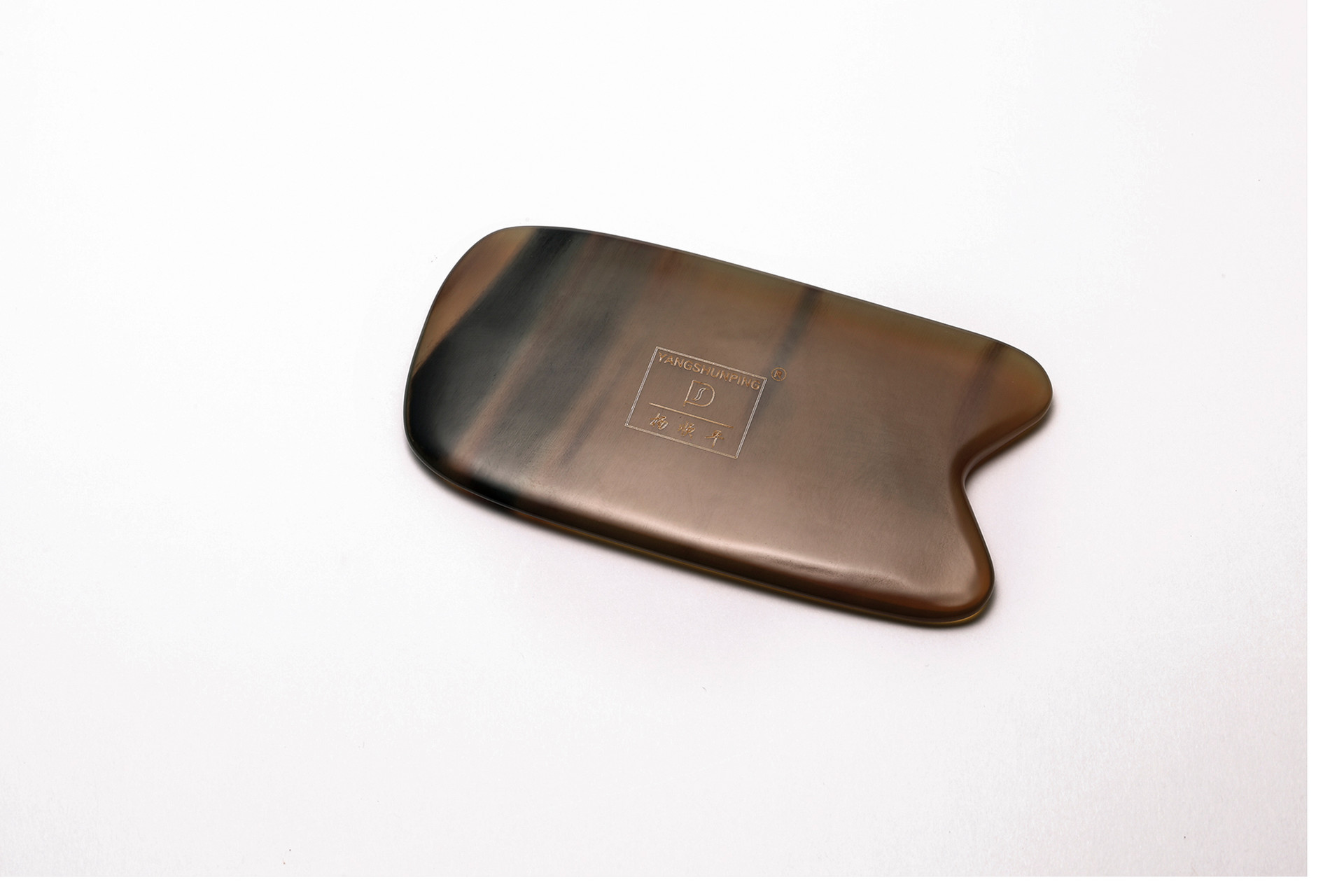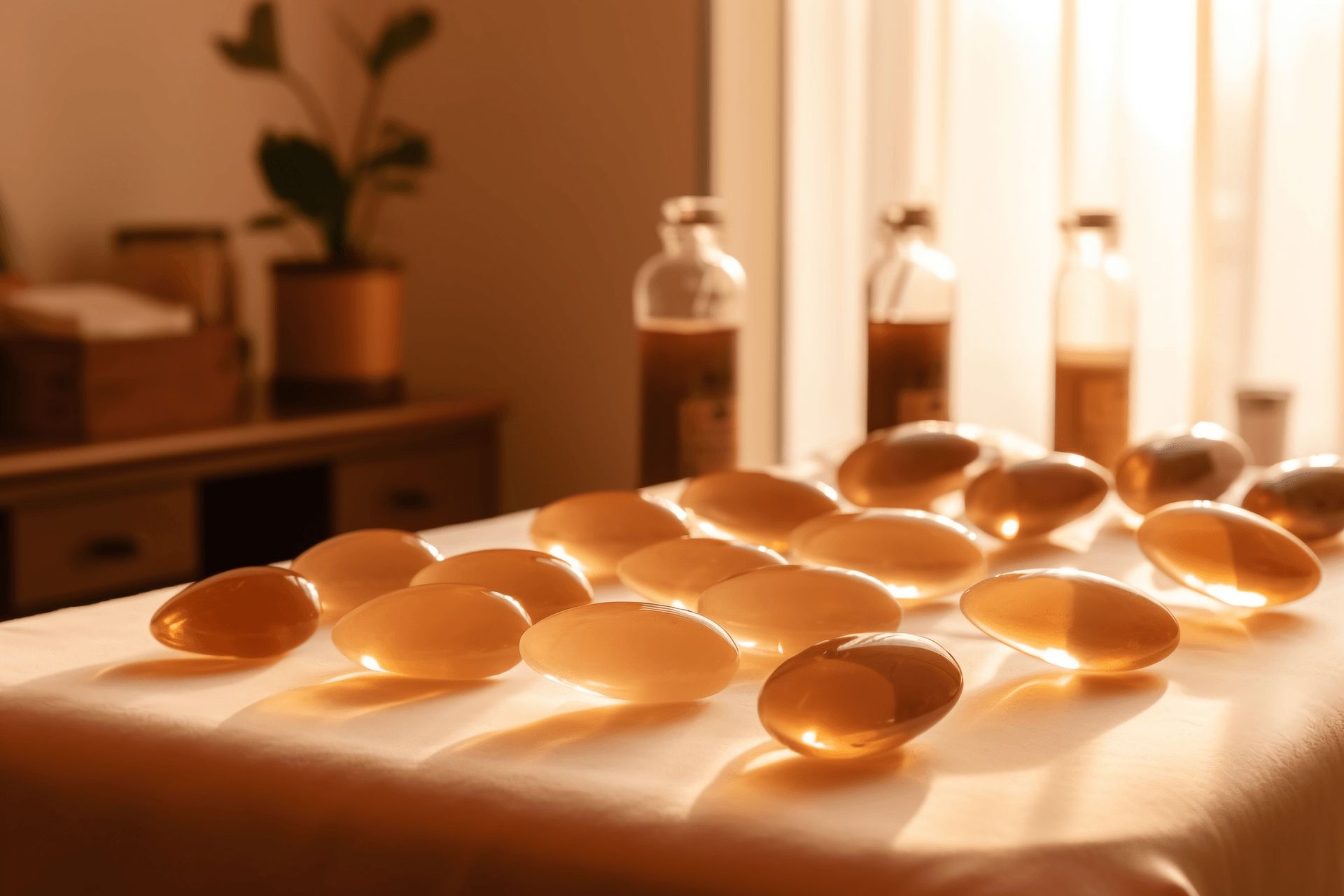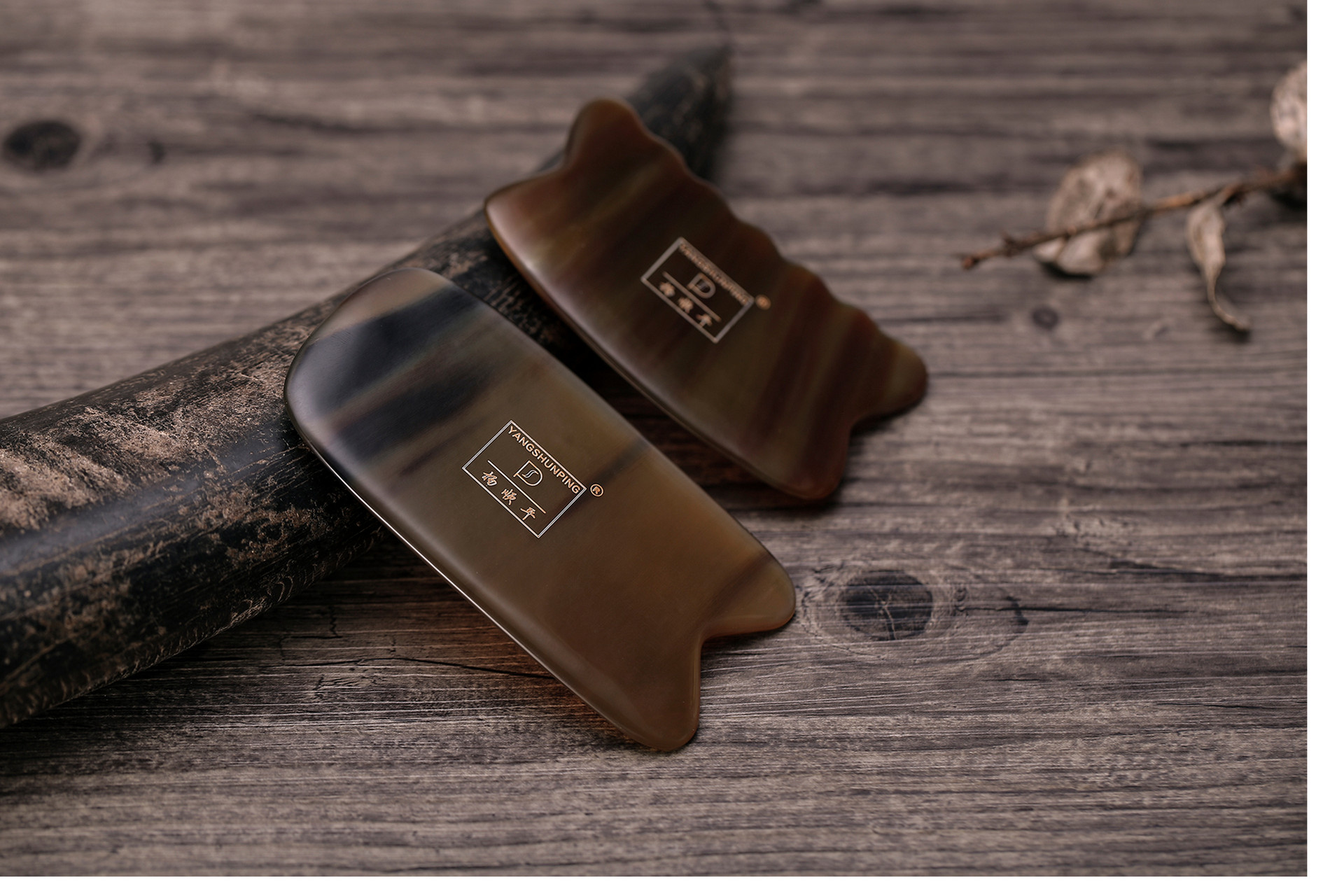What are the taboos of Gua Sha? Although Gua Sha is something that many people do, if the method is not correct, it can actually cause harm to the body. What is the role of Gua Sha? There are many benefits to regularly practicing Gua Sha, and different areas of the body will have different effects when scraped. What are the precautions for Gua Sha? Let's take a look at the article to find out!
Gua Sha Taboos
1. People with serious illnesses should not practice Gua Sha, such as those with impaired liver or kidney function or severe edema. If these people practice Gua Sha, it will increase the burden on the body and worsen their condition. In severe cases, it may even be life-threatening, so Gua Sha should be avoided.
2. Pregnant women are generally not recommended to practice Gua Sha, especially on the abdomen and hips, as it may cause miscarriage. Some pregnant women choose to practice Gua Sha to relieve issues such as shoulder periarthritis, cervical spondylosis, or leg edema, but there are risks involved, so caution is advised.
3. When practicing Gua Sha, it is important to check the condition of your skin. If you have acne, ulcers, eczema, or other skin problems, you should avoid Gua Sha, as it may exacerbate these issues. If there are any lumps on the skin that are unclear, Gua Sha should also be avoided, as it could potentially cause spreading if it is a tumor.
4. Gua Sha should not be performed on areas of acute sprains, painful injuries, or fractures, as it may worsen bleeding at the site of the injury.
5. Gua Sha should not be used by individuals with contagious skin diseases, as it can spread the disease to others.
6. Individuals with bleeding tendencies, such as those with advanced diabetes, severe anemia, leukemia, aplastic anemia, or decreased platelet count, should not practice Gua Sha, as the subcutaneous bleeding caused by Gua Sha is not easily absorbed in these patients.
7. Excessive hunger, excessive fatigue, and intoxicated individuals should not receive intensive or large-area Gua Sha, as it may lead to collapse.
8. Gua Sha should not be performed on the eyes, lips, tongue, ear holes, nostrils, nipples, or belly button, as it can cause congestion in these mucous membrane areas and hinder recovery.
9. Gua Sha should not be used for patients with mental illnesses, as it may trigger their condition.
Effects of Gua Sha
1. Regulating Yin and Yang
The concept of Yin and Yang is fundamental in traditional Chinese medicine theory. Under normal circumstances, the human body maintains a relative balance of Yin and Yang. If the balance is disrupted due to factors such as emotional disturbances or injuries, it can lead to pathological changes such as Yin dominance leading to Yang diseases or Yang dominance leading to Yin diseases. The key to Gua Sha health care lies in adjusting the excessive Yin or Yang according to the nature of the condition, restoring the body's normal physiological functions, and achieving the goal of curing diseases.
2. Activating Blood Circulation and Removing Blood Stasis
When the muscles, ligaments, and bones of the human body are injured, local congestion occurs, impeding the circulation of qi and blood in the meridians. If the blood stasis is not resolved, the pain will persist. By scraping the local area or corresponding acupoints, the congestion can be eliminated, new blood can be generated, the meridians can be unblocked, and the circulation of qi and blood can be restored, achieving the goal of pain relief. This is the role of Gua Sha in activating blood circulation and removing blood stasis.
3. Clearing Heat and Reducing Swelling
According to the principle of "treating diseases with heat" in traditional Chinese medicine, stimulating the body through Gua Sha can expel pathogenic heat and clear internal heat, allowing the excessive yang heat to reach the body surface and eventually be expelled from the body, thus clearing the stagnant heat and toxins in the body.








